In the second floor he had the good stuff. It was unbelivable! The whole room packed full of flags, guns, uniforms, helmets and all sorts of things. I was afraid to move around in there because of it all. We spent a good hour walking around studying the collection, but could easily spend a few hours more. I really hope he gets a bigger space for this exellent hoard of ww2 objects..
|
A little to the south of the polar circle is a small town called Korgen. Here lives a collector who has opened his collection for visitors. His collection is outgrowing him and he will need to expand soon. We went for a visit, and I am amazed over how much stuff it is possible to get into a normal sized barn. Already entering the yard you know something is up. Vehicles, wagons,barrels,seamines,guardhouse and grenades almost litter the area. I was like a kid in a candyshop, jumping and climbing around the stuff to take some pics and inspect it all. When the owner came and opened up the barn my eyes didnt know what to do. An Opel Blitz,with the bed filled with stash, fighter plane parts, a motorcycle and enough boxes and crates to resupply the wehrmacht.
In the second floor he had the good stuff. It was unbelivable! The whole room packed full of flags, guns, uniforms, helmets and all sorts of things. I was afraid to move around in there because of it all. We spent a good hour walking around studying the collection, but could easily spend a few hours more. I really hope he gets a bigger space for this exellent hoard of ww2 objects..
1 Comment
In the area of and around Lofoten Islands there was a strong German presence during the war. Not so much early on in fact, but after the British/Norwegian commando raids in 1941, i.e Operation Claymore, Hitler really became afraid of an invasion there where it could be easy to cut Norway in half. He therefore ordered it to be fortified and commanded an army of engineers, builders and slaves up there. The result was a large number of bunkers,cannons,smaller forts and close defences erected all over Lofoten. Svolvaer town had more concrete pr sq.meter than any other town in Norway after the war. When peace came some of the fortresses was taken in use by NATO, some was left to decay, some bricked up and forgotten about and some was destroyed.
A few years ago a friend had found a bricked up entrance to a unfinished smaller complex. It lay on a little hill outside Svolvaer and we could find several trenches and Mg positions walking around and up to the hill. We found the closed entrance in what looked like a cave. One brick was missing so we just crawled inside, turning on our flashlights. Now we was in a rather roomy tunnel leading into the center of the hill where it branched off to different levels and directions. Inside here was no concrete, only naked, crude mountain walls and dirt floor. Following the tunnels they lead us to different positions that was blocked off, some shafts went straight up and we could see traces of ladders having been there. On the walls were rests of lighting fixtures and cables, electrical and for communication. In the sides of the tunnels rooms had been carved out of the mountain and in a tunnel leading downwards it was a large cave which had a big opening bricked up,it could look like a garage or storage room prehaps. Here and there on the floors there was some rust, but most of it seemed to be from the 1950`s and 60`s, so no finds but it was a fun and interesting trip. In one of the areas I was searching this autumn I had a few nice signals here and there. I decided on digging one of them and just 10 cm beneath the surface the soil was full of stuff. Mostly parts for the German M24 stick grenade. Here was hundreds of the top ends of the stick, where you would put the ignitor and screw on the grenade head, end screwcaps and porcelain balls, which were attached to the ignitor via a string on a grenade in use. Also found some bottles and a nice aluminium matchbox holder with a carved eagle on. Really a good dig.
One of the most spectacular coastal fortresses we have in Norway is located on Engelöya in Steigen,just south of Lofoten and the Vestfjorden. MKB 4/515 (MarineKüstenBatterie) was operative in 1943,ready to protect the coast,and the Vestfjord which is an inlet to Narvik. The batterie consisted of 3 massive 406 mm guns,originally intended for H-class battleships. These had a range up to 56000 meter! The casemates was of the S-384 type connected to the rest of the complex with tunnels and trenches. Other types of bunkers include a Regelbau 608, S-100 KommandoBunker,FuMo-214 radar facility and a range of other smaller bunkers for close defence,FlaK,shelter,ammo and living quarters. In connection to Dietl was POW camps with aprx. 2000 Soviet prisoners,or slaves will be the more fitting term I think. The batterie never saw combat,but it is told that under test-firing all windows in the area shattered. In 1956 the cannons was dismanteled and re-melted. Today it is a small museum in the complex,and the area is well worth a visit. Here is photos from less than 1/3 of the fortress,you`ll need a whole day here:) Note the grooves in the concrete of the regelbau, when the concrete was still wet they put in rolled up newspapers which were removed after, this make a distruptive, shadowy camoflage which makes it harder to see and identify the bunker from a distance.
This fine little thing can be seen up close outside Narvik Museum in Norway. I dont know much about it but I think it can be a remnant from the Battle of Narvik in 1940.
Some years ago me and a friend came across a dumping pit without the help of metal detectors,it was before we got the digging-bug,maybe thats when we got the bug at this exact dig.. Anyway,we spotted some bottles sticking up from the ground and went back there later armed with tiny garden spades to check it out. We had some nice finds but most of the pics is lost now,this is a few computers ago you see.. but we found some porcelain,dog tags,a bayonet and the best find I still have pics of,a helmet:) Next spring I must go back there and really dig the place.
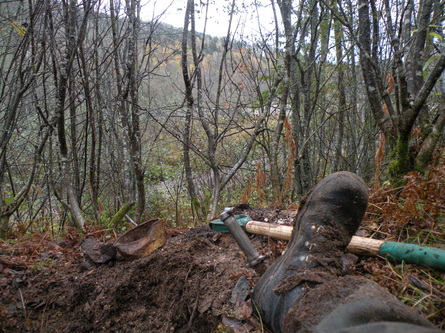 Days searching without any finds can be frustrating but at least that area can be ruled out for later trips. Having a good signal and digging for hours only to pull up rusted cans and metal bands from barrels is also very frustrating and it can be easy to give up and find another signal to dig...but you never know if there was something good under that next rusted can,so I try to dig until there is no more signal even how boring it gets.. One day I dug this rather deep and big hole,nothing but rust and old beer bottles,but on the very bottom of the pit was that nice little glass bottle...
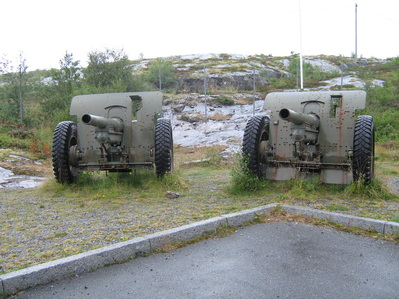 Shortly after the German invasion of Norway the occupants started fortifying the coastline. This was a part of the Atlantik Wall the Germans erected all along the western coast of Europe. The once silent and calm Fjords of Norway suddenly saw hefty activity when armies of soldiers, engineers and Prisoners of War arrived. Grønsvik fortress was a smaller fort and is located by the coast near to the polar circle. This HKB (HeeresKüstenBatterie) was armed with 4 - 15,5 cm K416 French cannons with a range of 17000 meter, a 7.5 cm Field haubitze, a 5 cm KwK , mortars,mg positions,searchlights and light FlaK and it was operational in december 1942. After the war it saw use under NATO forces but today it is a small museum housed in one of the buildings on the site. 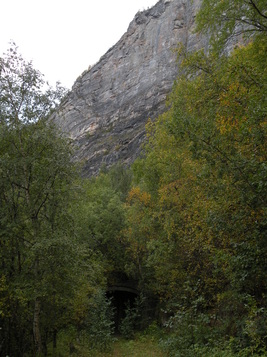 Not far from where I live, next to a tunnel by the road following the Fjord it was dumped tons of German equipment after the war. Objects is scattered over many hundreds of meters. Most of the rust is gasmask canisters, Mg drum magazines, barbed wire and it looks like a few vehicles found its faith here as well. Not much of it is in any condition where museums and collectors see any value in it but it is a fun spot to search. |
Archives
October 2023
|
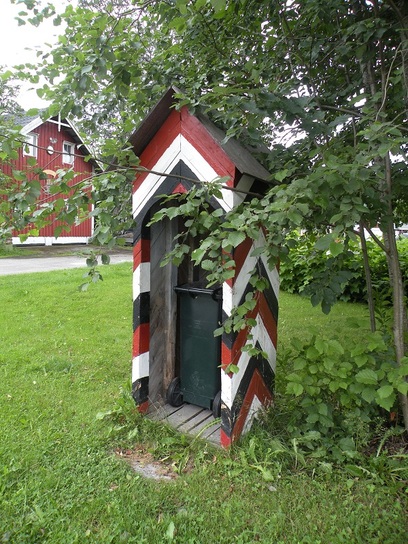
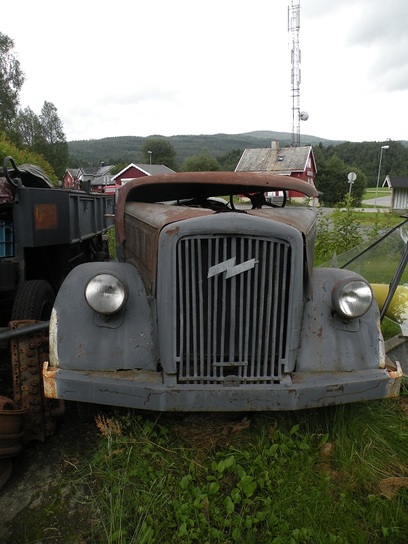
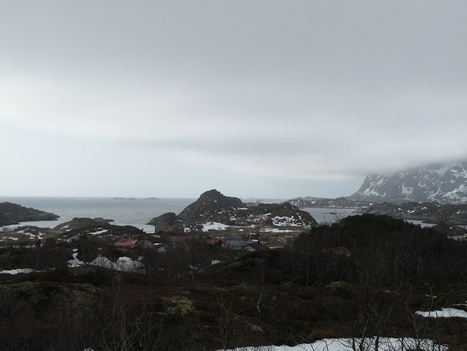
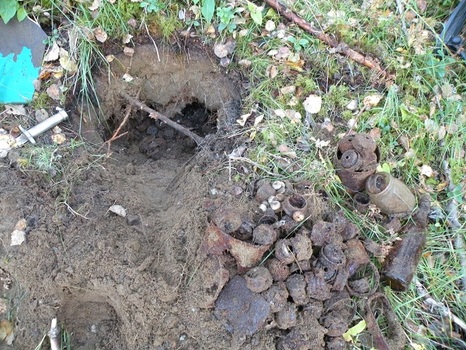
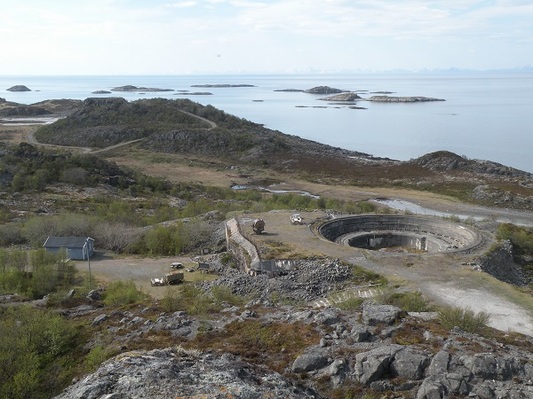
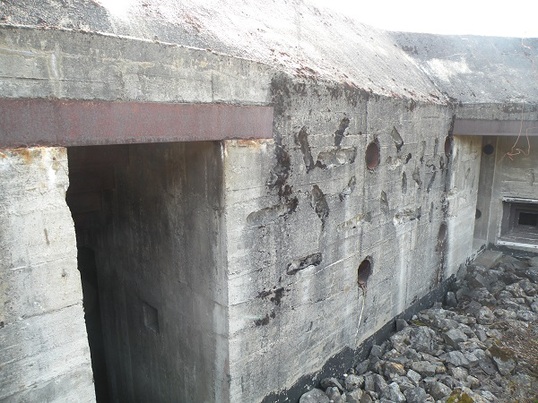
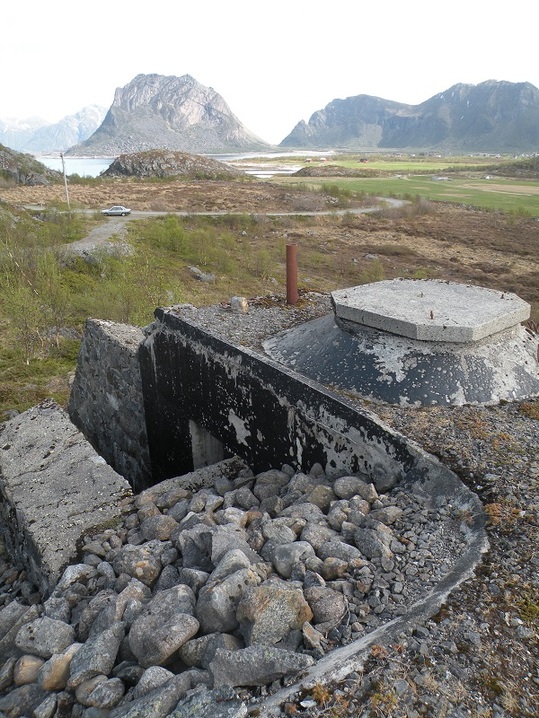
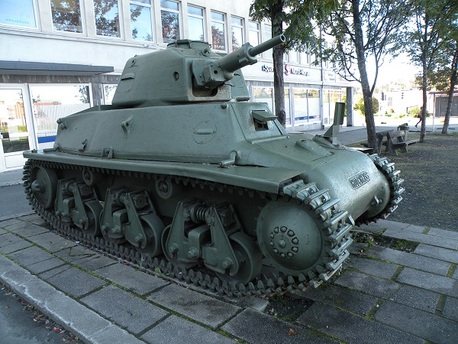
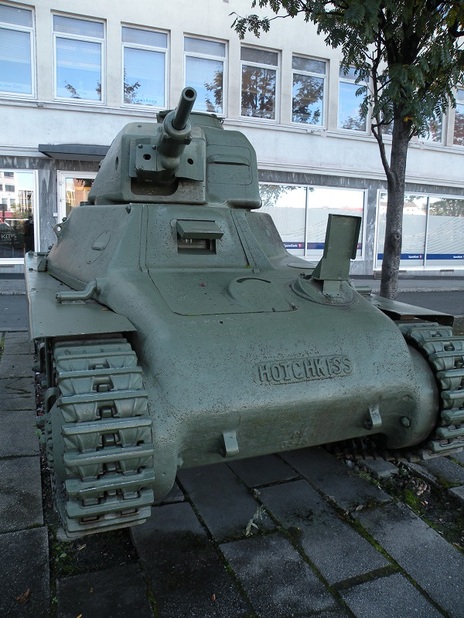
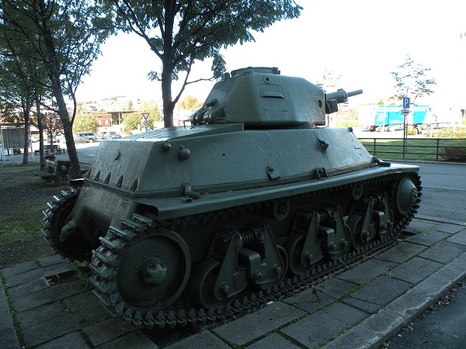
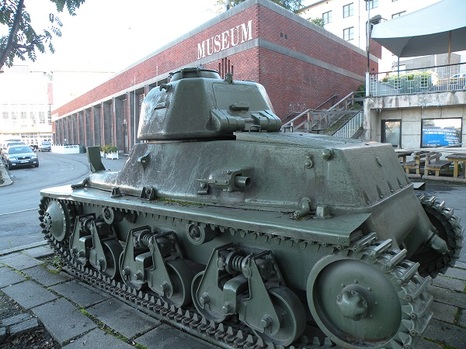
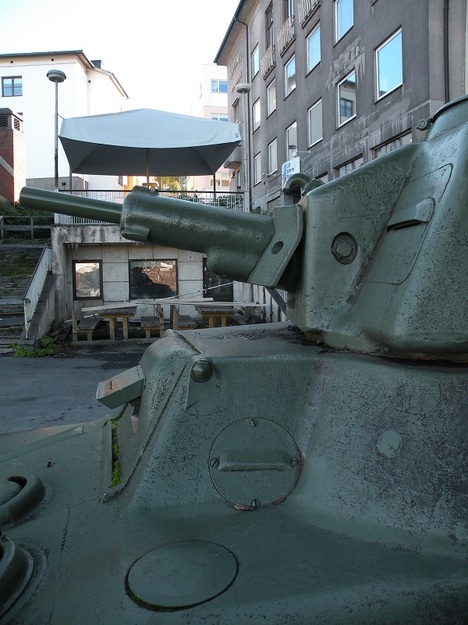
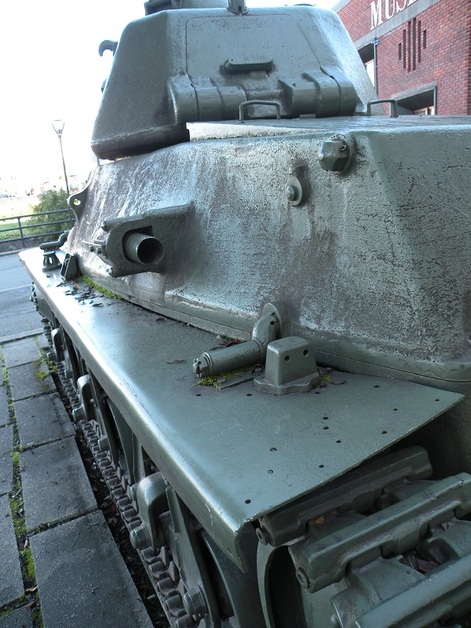
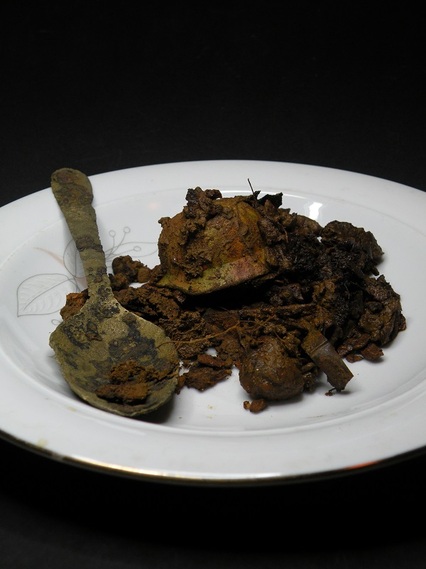
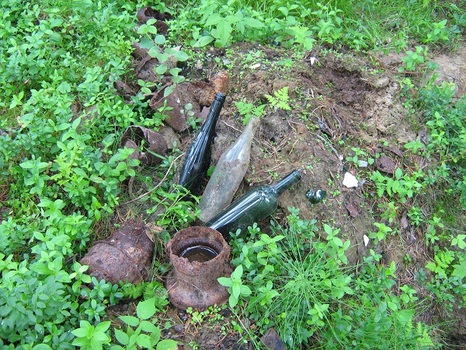
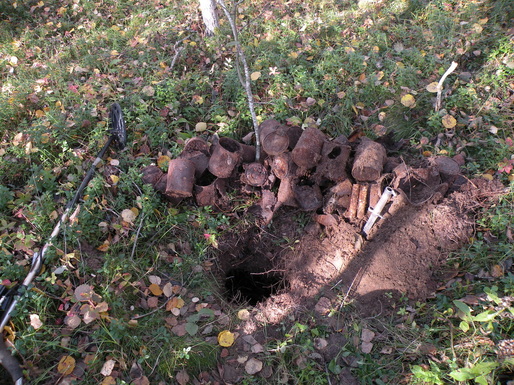
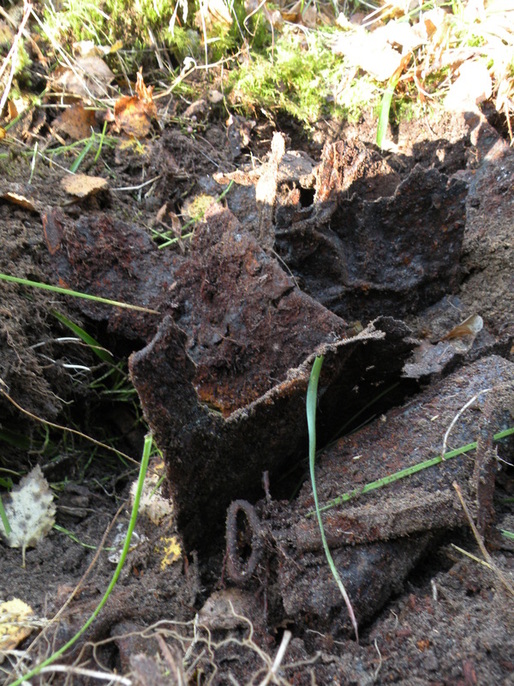
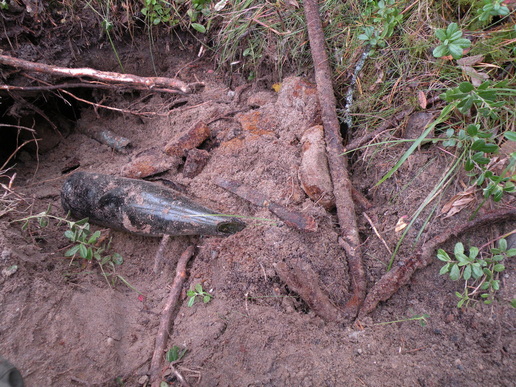
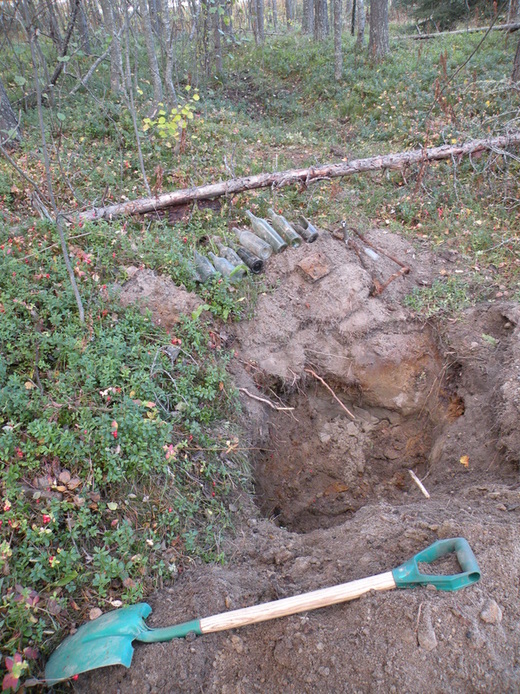
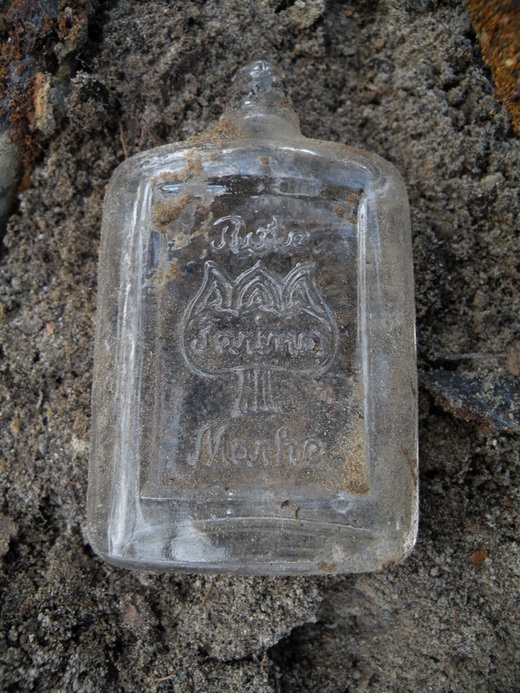
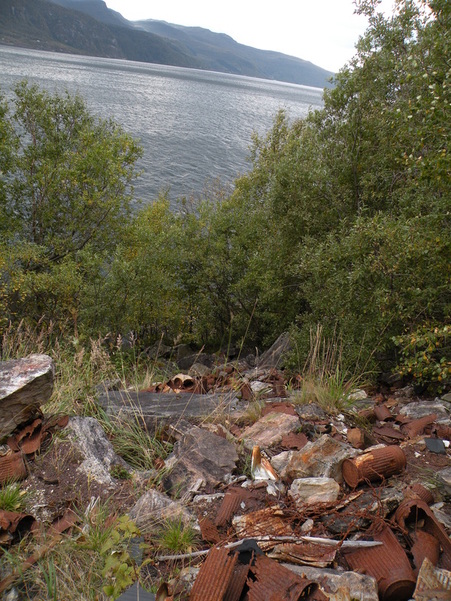
 RSS Feed
RSS Feed